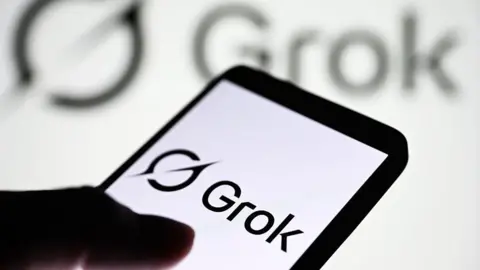TECH

How do you navigate: Google Maps or Waze?
It's always been a wonder why Google has two fantastic navigation apps under one umbrella. What does Google get from people going to Waze? Shouldn't they all just be at Google Maps?
New features to Google Maps make this question more relevant. Forbes suggests those features mean a "death knell" to Waze.
But please enjoy both while we have them. Google has two great navigation apps, but each has distinct differences, and both are 100% free. So why not mix and match?
However, Google comes with a cost: your personal privacy. More on that below.
How they're different
In a nutshell, Waze is bare-bones and just the facts. Use it to find the best route anywhere, usually through some crazy side streets you've never been on before, with little advertising clogging up your ride. Traffic results come from crowd-sourcing. Wazers are connected to the master Waze machine, which alerts the computer to where traffic is backed up.
Google Maps is more full-featured, with links to local restaurants, bars, coffee shops, listings of nearby events and how to get there, whether you're driving, on foot, on a bicycle or public transportation.
What Google Maps has that Waze doesn't is this really nasty habit from Google to track everywhere you've gone, even if the Google Maps app isn't open.
What's new with Google Maps are new Waze-like tools, like the ability for people to report crashes, speed traps and traffic slowdowns from their iPhone. This has been available on Android phones, and now it's been opened to Apple's iOS.
Additionally, Google added the ability to report four new types of incidents—construction, lane closures, disabled vehicles, and objects on the road (like debris)—to alert others about these potential obstructions.
This, indeed, makes Google Maps more like Waze.
I spoke with the CEO of Waze recently, who told me that Waze is a separate, independent unit within Google that doesn't need to grab users' data like Google does. Waze makes money with location-based ads within its maps. Say, like a Chevron logo over its position on the map.
But the trend is crystal clear. Google Maps is becoming more like Waze all the time—with the addition of all those ads and consumer tracking.
Earlier this year, Google brought speed limits and speed trap alerts to the app and also added features like being able to add a stop to the route while driving and to view nearby gas prices.
Waze has a carpool feature to connect riders with passengers and help get cars off the road, and it lets you connect to Facebook friends from within the app.
Apple recently overhauled its Maps app to make it more competitive with Google and Waze, but I had a poor experience on recent test drives, with directions to take a "slight right," when a "hard right" was necessary and road directions that seemed out of the way and not on the money like Google and Waze.
Which app is best for you? I'm sticking with Waze (for as long as it remains independent) for two clear reasons. One, the directions always seem to be the most accurate and two, the app doesn't track my whereabouts even when the app is closed, which Google Maps does.
And what does Google say about the differences between both apps?
It sent U.S. TODAY the following statement: "Google Maps and Waze share certain features, but they offer different benefits.
Waze has built a passionate community of drivers who connect with one another to save time while on the road, and has deep relationships with municipal organizations and first responders. Google Maps provides useful driving directions, and even integrates the incident reporting Waze users provide, but offers much more. We see Maps as a tool that helps people navigate, explore, and get things done with features like transit crowdedness predictions, restaurant wait times, and activity booking.
by Jefferson Graham

No comments:
Post a Comment